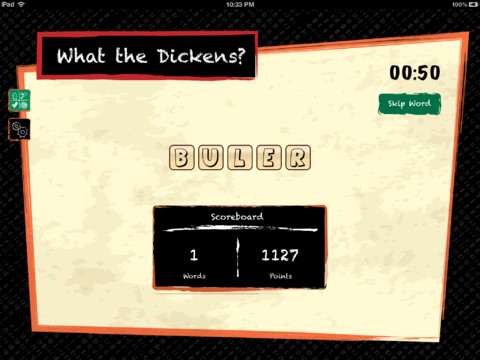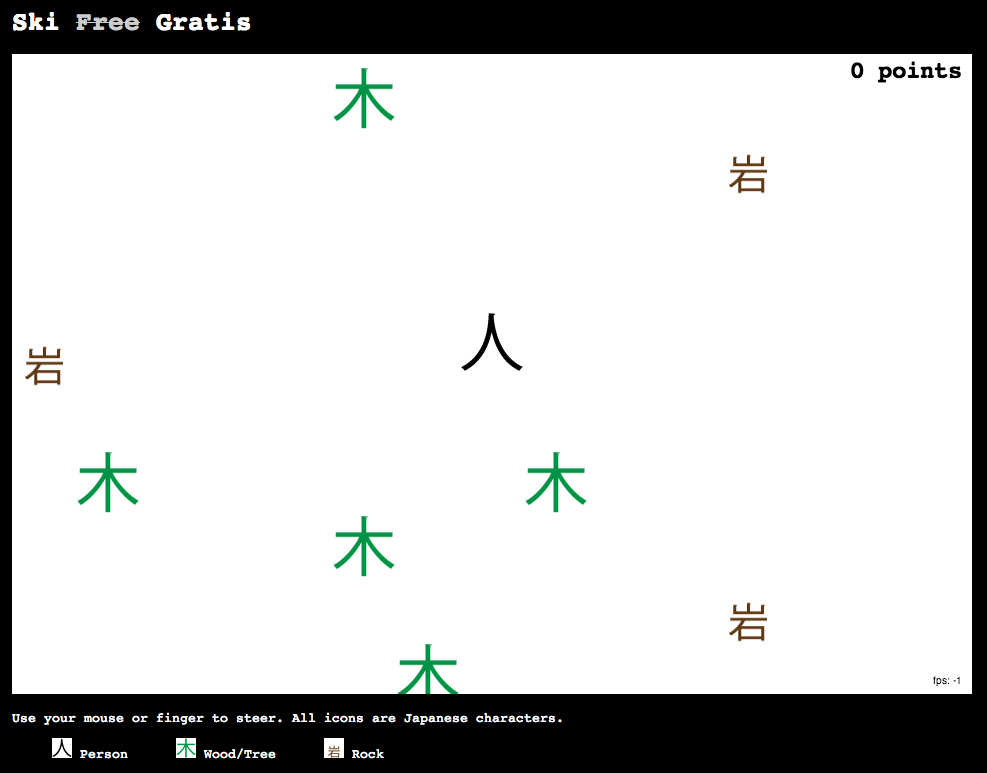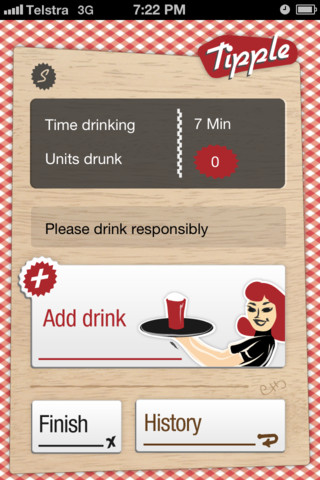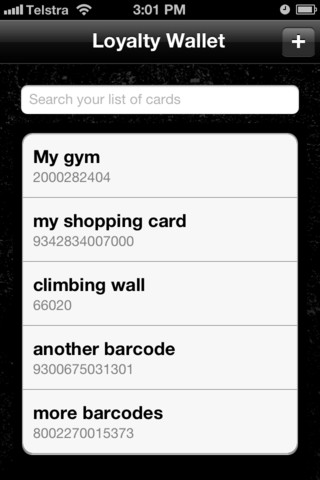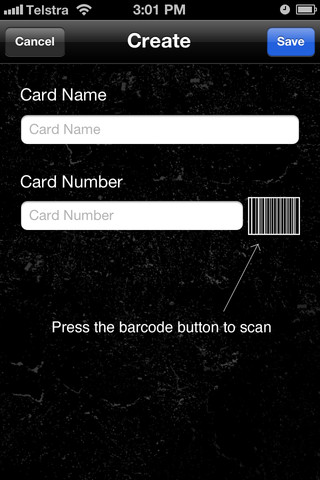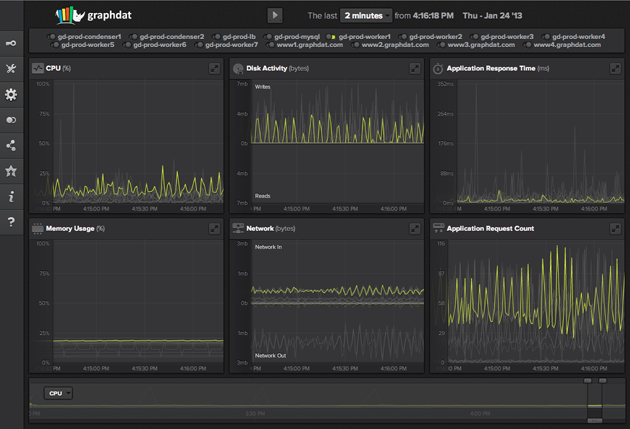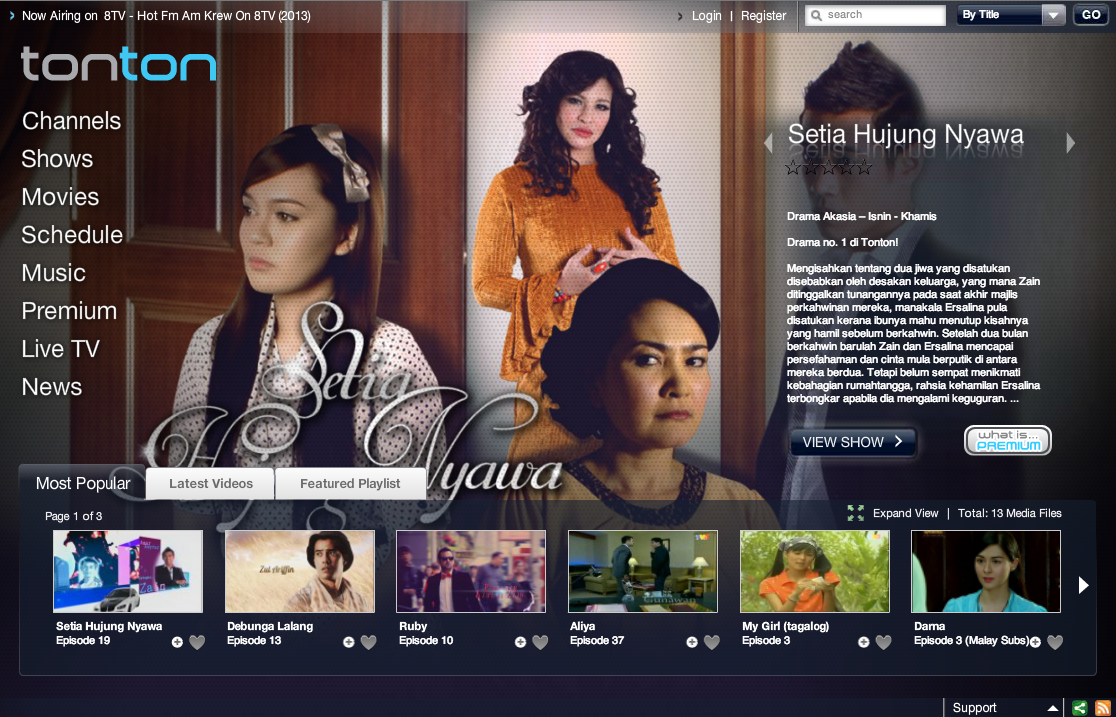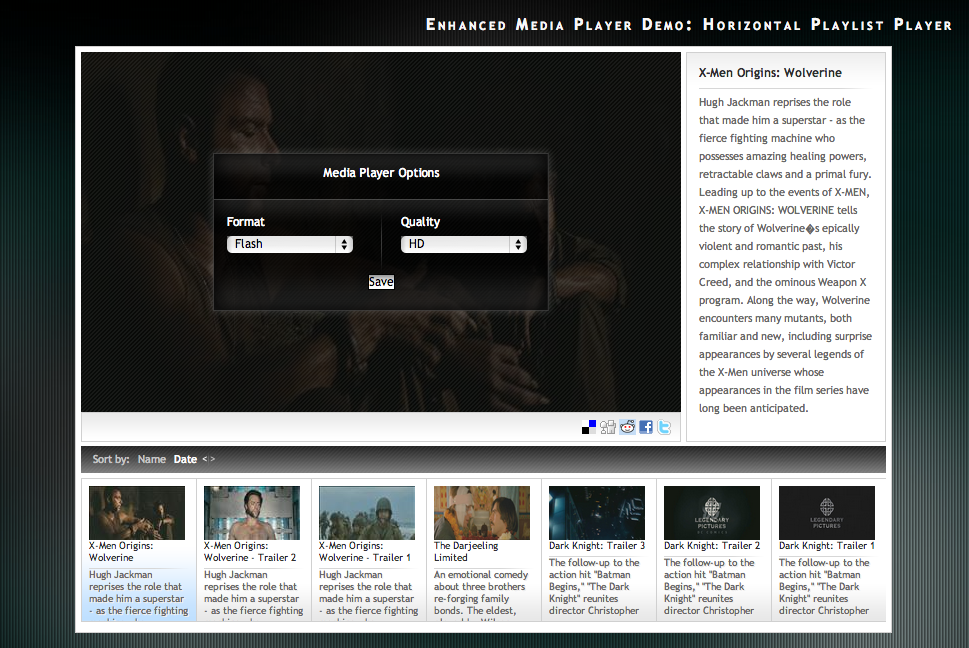I was offered the position of associate software engineer in the American based office and spent a year working on various projects. I spent a significant amount of time converting old ASP applications into ASP.NET in order to better meet changing business needs. An example of this was a generic document templating system that I single handedly built using XML and Xquery to replace the existing Knowledge Base system. The document layout and submitted data was stored in XML. On rendering Xquery methods were used to select and update the information stored in SQL.
I was also part of the team that rebuilt DataBuffet.com from the ground up. Using a C# for the backend and jQuery for the frontend, we created a responsive, robust chart and mapping tool for use with the company's data warehouse (FAME). For this project I wrote various jQuery plugins to streamline the frontend processes. On the backend various VB6, C++ and SQL pieces of code had to be rewritten. The project included creating webservices to store and retrieve economic data for charts and/or maps .
Possibly the more challenging project I undertook was adding a coupon to the existing shopping cart system. Due to the nature of the existing system I had to graft the coupon system using only SQL. This involved building all the pieces and systematically integrating them into the live system to minimize disruption to the service. This was problematic as the system had been written over 10 years prior. The end product was that the company finished with a robust coupons system that allowed for a variety of options from bundles to bulk discounts.
